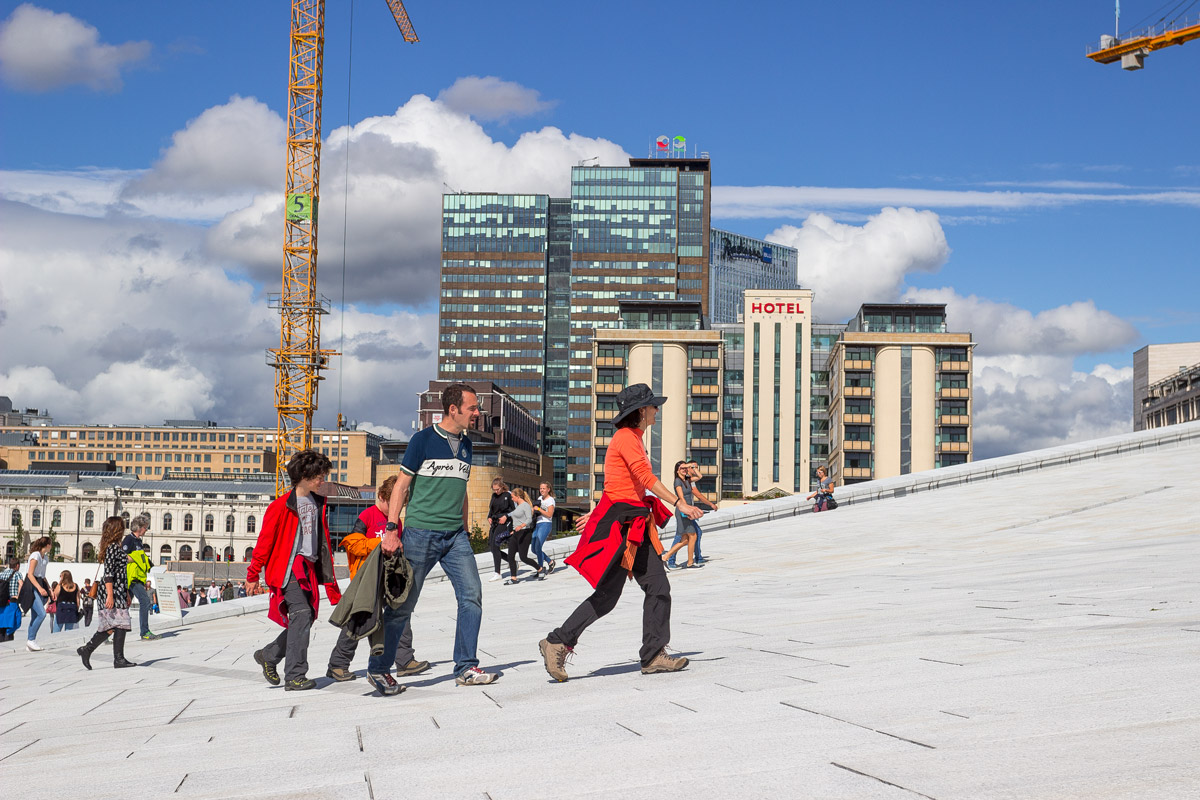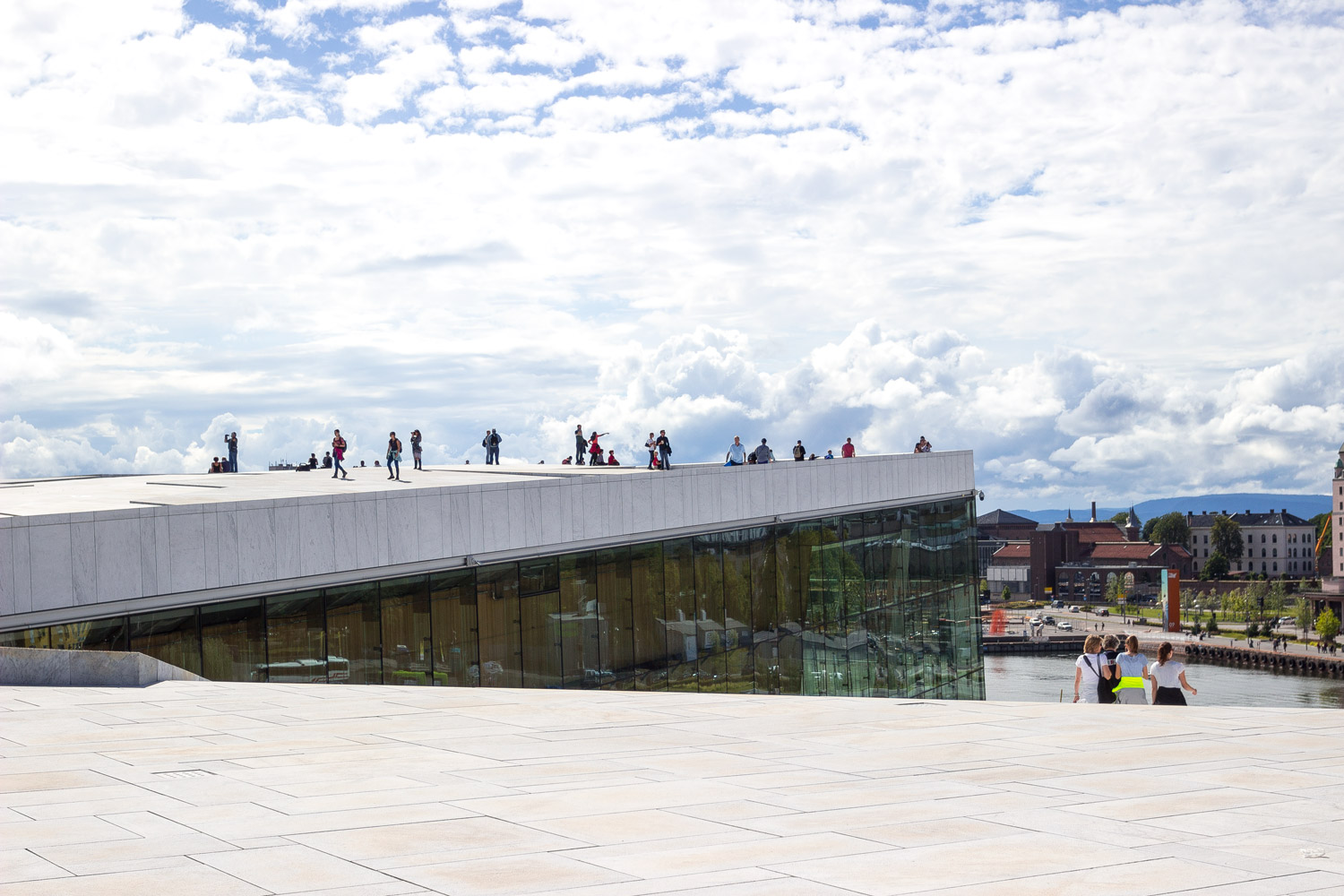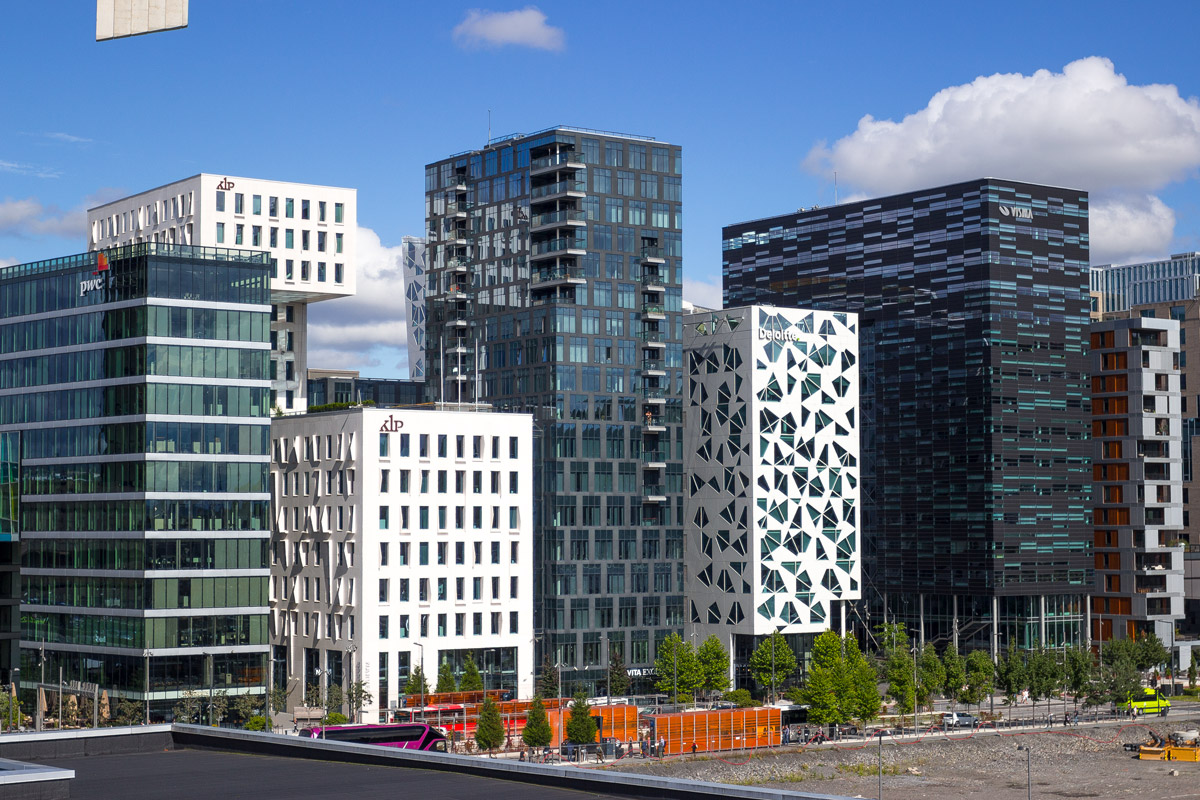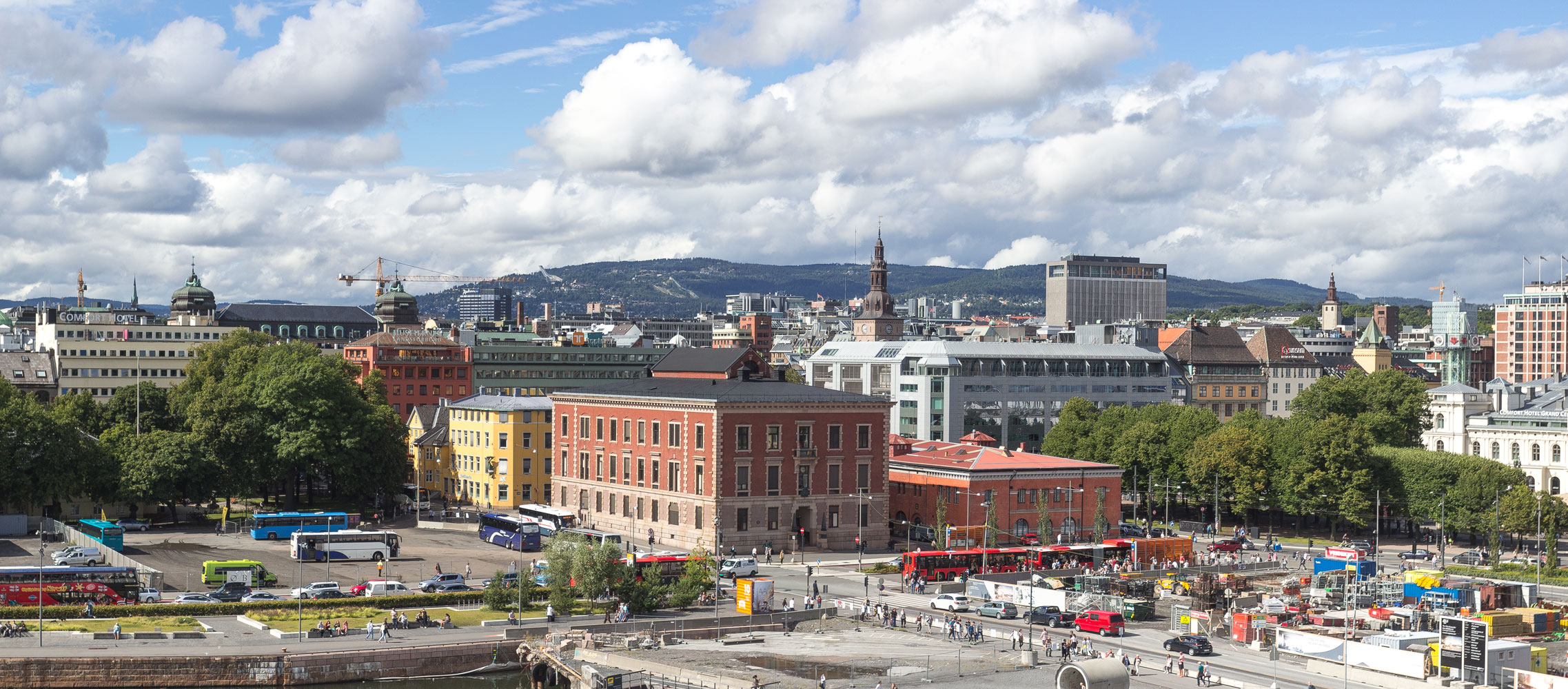Oslo. Part two
In the previous part, we took a stroll through Oslo, and the reader might have thought that there is nothing good in the city at all. This is untrue. The city is indeed quite unpleasant, but there are things to see in it.
For example, Oslo has some decent wooden neighborhoods. Of course, Riga’s wooden city is much cooler, but the Norwegian one is not bad either.


Beautiful houses. The wooden neighborhoods in Oslo are not touristy at all; hardly anyone comes here, and it’s a pity because there is nothing to do in the city center.


Beauty. It’s amazing that these houses were scheduled for demolition by developers in the 1970s, and the land was intended for parking lots and residential quarters. Fortunately, due to the affordability of housing, the area attracted the attention of students, artists, writers, and enthusiasts who restored it and halted further development.



In some places, the wooden architecture has still intersected with modern construction, already in the new century. The growth of cities cannot be stopped.

Silence.

Sometimes it reminds me of another country.

This is the Rodeløkka district, and it is very old. Wooden houses ceased to be built in Oslo quite a long time ago. The oldest houses in Rodeløkka were constructed before 1900 when the area was a typical working-class settlement.


Once upon a time, there were chocolate and tobacco factories, numerous bakeries, and shops for spare parts. There was also a cluster of grocery stores and a market. Very few old signs from those times remain, and only local almanacs remember where everything used to be.

Windows.


Street signs.

Puddles. The roads in the neighborhood are mostly rural, often covered with gravel and worn out. New pavement is rarely encountered.

Details: mailboxes, bicycle, moped, house number, and memorial plaque.




In the same part of Oslo, you can find several residential quarters.

They don’t represent anything special by European standards — good brick houses, reminiscent of Amsterdam.

In the courtyards, there are usually green lawns, flowerbeds, benches, and designated smoking areas — everything is peaceful and beautiful.



Here are some simpler houses. It reminds me of Germany or Austria.


More details: garbage bins, entrance, modest bus stop, list of residents at the entrance to the building.




In contrast to the wooden architecture, in the most modern part of Oslo by the bay, there is a row of office buildings with incredibly cool Scandinavian architecture.

This is the business center “Barcode”.


The business center houses offices of major companies such as PwC and Deloitte, and there are also several residential buildings for the convenience of employees.
The newest district was completed just a couple of years ago. During its construction, it sparked a lot of criticism and disputes. The majority of residents were against the construction as “Strekkode” completely altered the cityscape of Oslo when viewed from the bay.
Of course, the offices were still built. And they are beautiful. It is the best place in Oslo.


All these textures from the windows, protrusions, subtle asymmetry, and cool, snowy colors are the best that Scandinavia could invent.


Open balconies.

Between the blocks, there is public space. Each street is uniquely designed.



The newest bus stops and markings near “Barcode”. Take a close look: this is the only place in Oslo where transportation is so well organized. In the rest of the city, things are much worse.



Opposite “Barcode” is the Oslo Opera House. It is another example of impeccable modern architecture — an asymmetrical building in dazzling white color with sharp angles, resembling an iceberg the most.

It is extremely challenging to be at the opera — everything here is so dazzlingly white that you can only walk with sunglasses on and your head tilted upwards.

The waterfront. People are relaxing.


The guy just arrived — straight to here.

The opera is incredibly cool because its roof seamlessly connects with the ground. You just walk along the sidewalk, ascend a zigzagging slope for several sections, and climb up to the very top of the opera roof!


The transition from the ground to the roof is so smooth that it can go unnoticed. Specially designed tiles with a textured surface are used, providing a non-slippery surface.

The perfect place for vibrant photographs.


Roof. You can also relax on the roof.



It would seem: you just climbed 20 meters, and the views are as if you’re on the top of Mount Everest.


People down below.


From the opera house roof, you can see the “Barcode” area well.


They are building something, probably a new subway station.

Glass iceberg and a ship.

View of the city center.

Interior of the opera house.

Through the glass, you can see people going up to the roof.

It’s a pity that not all of Oslo is like this.


